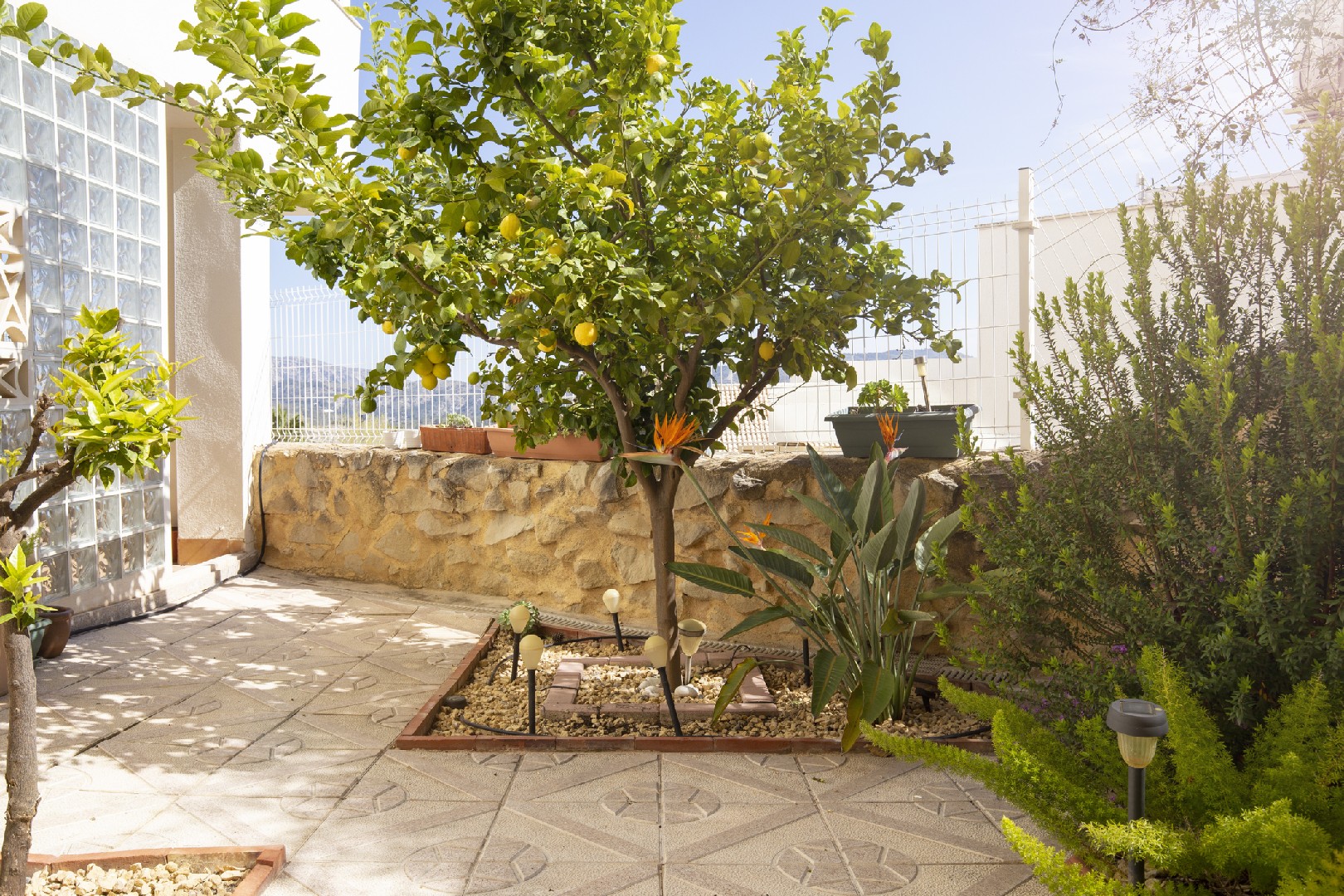![Rectangle]()
Caring for Your Tropical Fruit Garden
Growing tropical fruits in a non-tropical backyard can be a rewarding and exciting experience. With the right care and attention, you can enjoy the taste of exotic fruits right in your own home. In this section, we will explore the essential methods, skills, and knowledge you need to cultivate a thriving tropical fruit garden in a non-tropical climate.
One of the key aspects of caring for your tropical fruit garden is understanding the watering habits of your plants. Tropical fruits typically require regular watering to thrive. It is important to keep the soil consistently moist, but not soggy, as this can lead to root rot. A good rule of thumb is to water your plants deeply once a week, allowing the water to penetrate the root zone.
Fertilization is another crucial element in the care of tropical fruit plants. These plants have high nutrient requirements, so it is essential to provide them with regular feeding. You can use a balanced fertilizer with a ratio of nitrogen, phosphorus, and potassium (NPK) that suits the specific needs of your plants. Apply the fertilizer according to the instructions on the package, and be sure to avoid over-fertilization, as this can cause nutrient burn and damage the plants.
Pruning is an important practice that helps maintain the health and productivity of your tropical fruit plants. Regular pruning allows for better air circulation and sunlight penetration, reducing the risk of fungal diseases. Remove any dead, damaged, or diseased branches, and prune for shape and size control. It is best to prune your tropical fruit plants during their dormant period to minimize stress.
To protect your tropical fruit plants against potential pests and diseases, it is important to maintain good plant hygiene. Keep your garden clean and free from fallen leaves, fruits, and other debris. Inspect your plants regularly for any signs of infestation or disease, and take prompt action to control the problem. There are various organic pest control methods available, such as introducing beneficial insects or using neem oil.
Monitoring the signs of plant health is crucial for a successful tropical fruit garden. Healthy plants should have vibrant green leaves, strong stems, and no signs of wilting or discoloration. Pay attention to any changes in growth patterns, leaf color, or fruit production, as these can indicate underlying issues.
By following these methods and employing these skills, you can create a thriving tropical fruit garden in your non-tropical backyard. With proper care and attention, you will soon be enjoying the sweet, juicy fruits of your labor. So go ahead, embrace the exotic, and start growing your own tropical paradise!





